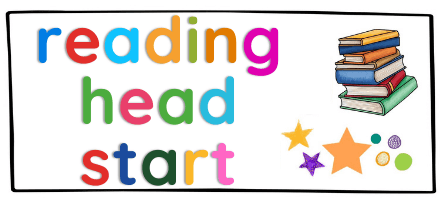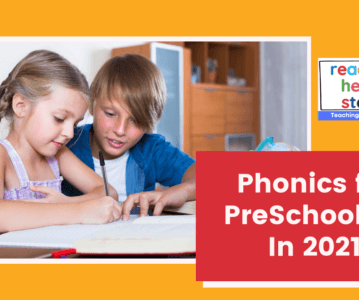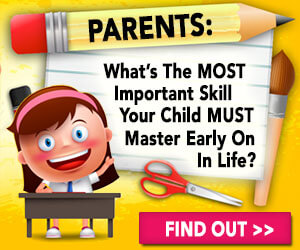Phonics for PreSchoolers – 7 “Buzz Words” Secrets
As an educator I can with confidence state that there’s a great deal to discover when beginning school, and phonics for preschoolers gives kids a reading head start. Beginning with making brand-new close friends, to developing confidence with letters and numbers, and discovering much more through play; nevertheless, learning how to read is instructed methodically, from their initial days at preschool through their initial years in primary school.
It can be testing at times to find out how to most effectively back up your youngster through these onsets of reading, particularly because teaching approaches have certainly changed from when you experienced school!
7 “Buzz Words” Secrets
Even before you can start to teach your child to read, I have actually provided a list of “buzz words” to help you out!
Phonics: making use of the sound made by a letter and also groups of letters to read words.
Decoding: utilizing the knowledge of phonics to sound out and also read words.
Grapheme: a created single letter or group of letters, like “s”, “a”, or “she”.
Diagraph: two letters that make one sound with each other, as an example “sh”.
Phoneme: the sound a letter or group of letters make. An instance is the word “mat”, which has 3 phonemes, “m”, “a”, and also “t”.
Sounding Out: using your phonic awareness to help you say the sounds within a word; e.g., “r-e-d”, pronouncing each phoneme.
Blending: reading the sounds in the word all together to read the entire word; e.g., “r-e-d, red” or “m-o-m, mom”.
High-Frequency Words: additionally referred to as “common exception words”, we use these common words often, yet aren’t consistently decodable making use of phonics. Examples of high-frequency words are, “the”, “one”, as well as “where”; youngsters are instructed to identify these words on sight.
Probably the most crucial word out of that lineup when instructing your children to read is phonics. Phonics, making use of the sound made by a letter as well as groups of letters to read words, is so extensively made use of because there is a wealth of research showing it works!
In preschool or nursery school, youngsters start to acquire their listening skills to ensure that they can listen to the various sounds in words, laying the foundation to find out names and sounds. The next step takes place in primary school, where youngsters study the letters of the alphabet in a set order, and also the sound of each letter.
When that is grasped, kids can begin to sound out and read short, easy words. Remember, the function of phonics is to have your child reading as freely as well as rapidly as feasible so they can feel confident to read whatever they wish!
Reading is meant to be fun, and also nobody really wants it to turn into a drag, so below are some tips to have success when teaching your youngster to read with phonics:
Keep it brief: Ten minutes is frequently long enough to keep your kid’s focus on a phonics lesson, and also will prevent them from getting worn out.
Quality time: choose a time to read when your youngster is not too tired, and look for a peaceful area where they won’t be sidetracked by screens, brother or sisters or animals. Even when your kid comes to be a solid independent reader, continue reading with them! Not merely are their reading abilities important, yet that top quality time you invest with each other is also!
Form a connection with the teacher: Ask your child’s teacher just how you can highlight reading and phonics inside the household and also do not hesitate to share any kind of concerns you may have.
Spread the happiness of reading: Keeping lots of books and/or periodicals around the home will indicate to your child exactly how important reading is, while developing a lifelong love of reading.
In my experience, a lot of children begin to place their phonics knowledge right into practice when they change from a kid to a young reader. At this age, the emphasis has shifted from utilizing phonics only for reading, to making use of phonics for spelling.
However, it’s not uncommon for young readers to go back and also review their phonics knowledge, so don’t fret if your youngster isn’t completely certain yet.
Stay on top of reading to your kid, specifically books that appeal to their passions and also topics that excite them.
Remember, “children see, children do”, let them see you read as well as enjoying books or publications, you would certainly marvel just how quickly they’ll be picking up books of their very own! The essential thing right here is to not let your child become worried or dismayed; keep a great perspective and also reinforcement, proceed reading, and also keep the lessons short and also fun.
Teaching kids is not a simple job, and also if after checking out these steps you’re left really feeling a little overloaded, no need to fret, I have a remedy for that as well! Click the link below to see just how Sarah Shepard, a fellow teacher, has taught over 35,000 kids exactly how to review with her program Reading Head Start!
Learn more about Reading Head Start >> HERE!



